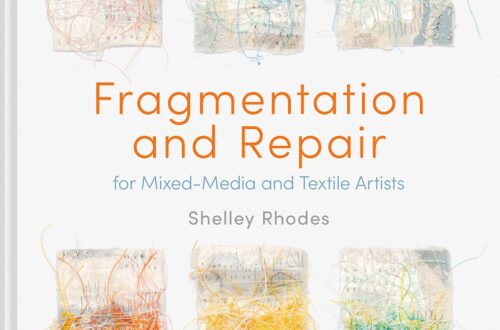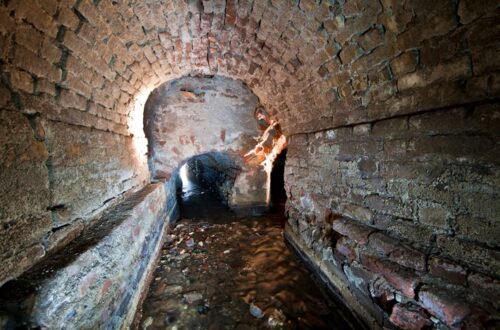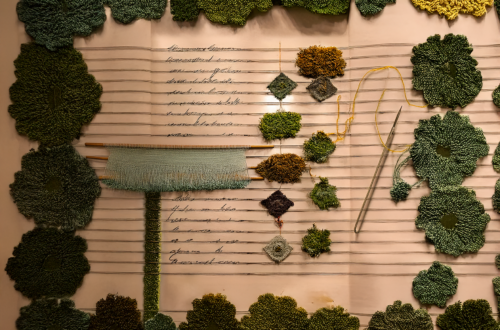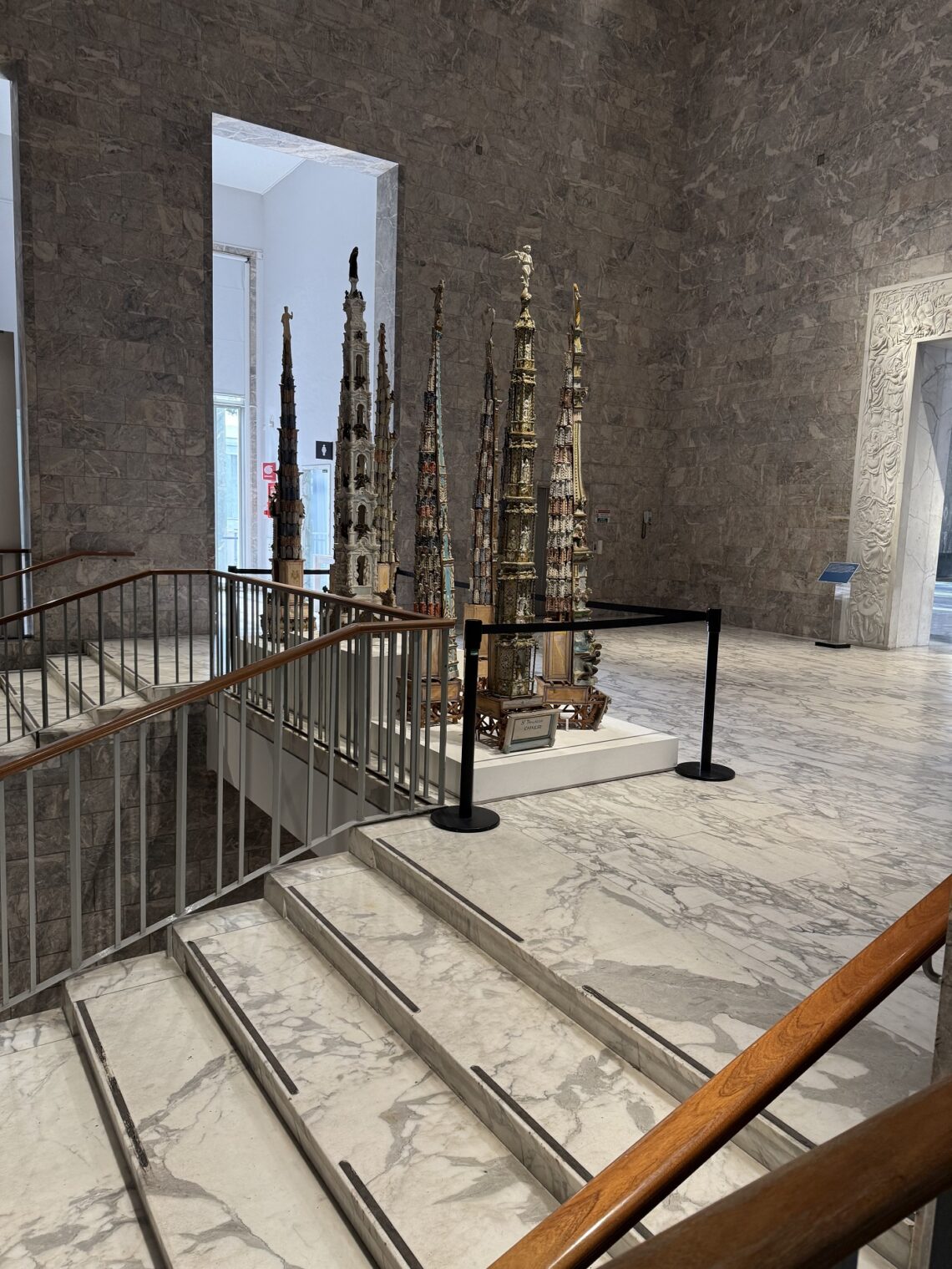
THE FESTIVAL. MUSEUM OF CIVILIZATIONS AND TRADITIONS OF ROME
| by Susanna Cati |
The Museum of Civilizations, located in the EUR district of Rome in two symmetrical buildings—Il Palazzo delle Scienze and Il Museo delle Civiltà e delle Tradizioni—is a complex institution.
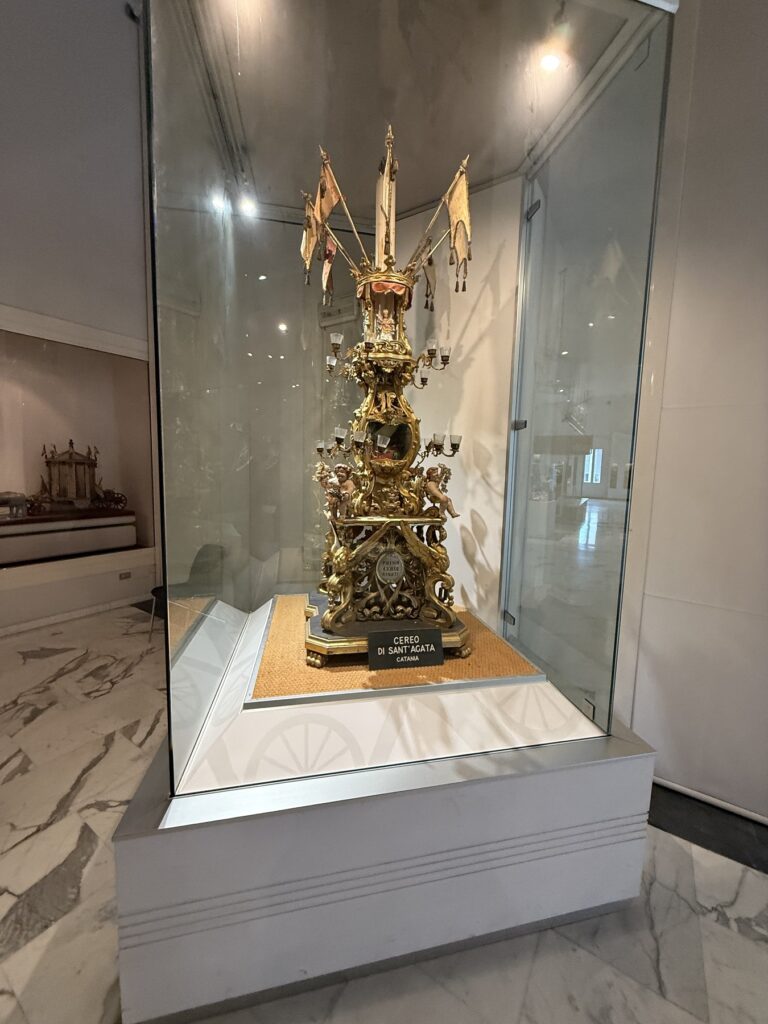
The museum itinerary of the Palazzo delle Arti e Tradizioni Popolari Italiane is currently divided into three interconnected thematic sections. The first section describes various religious ceremonies and includes scale models of shoulder-borne processional structures or their original monumental versions. Next are the rooms dedicated to transport, festivals, games, and open-air performances. The second section displays everything related to domestic living, while the third explores various trades, from craftsmanship to maritime, agricultural, and pastoral work.
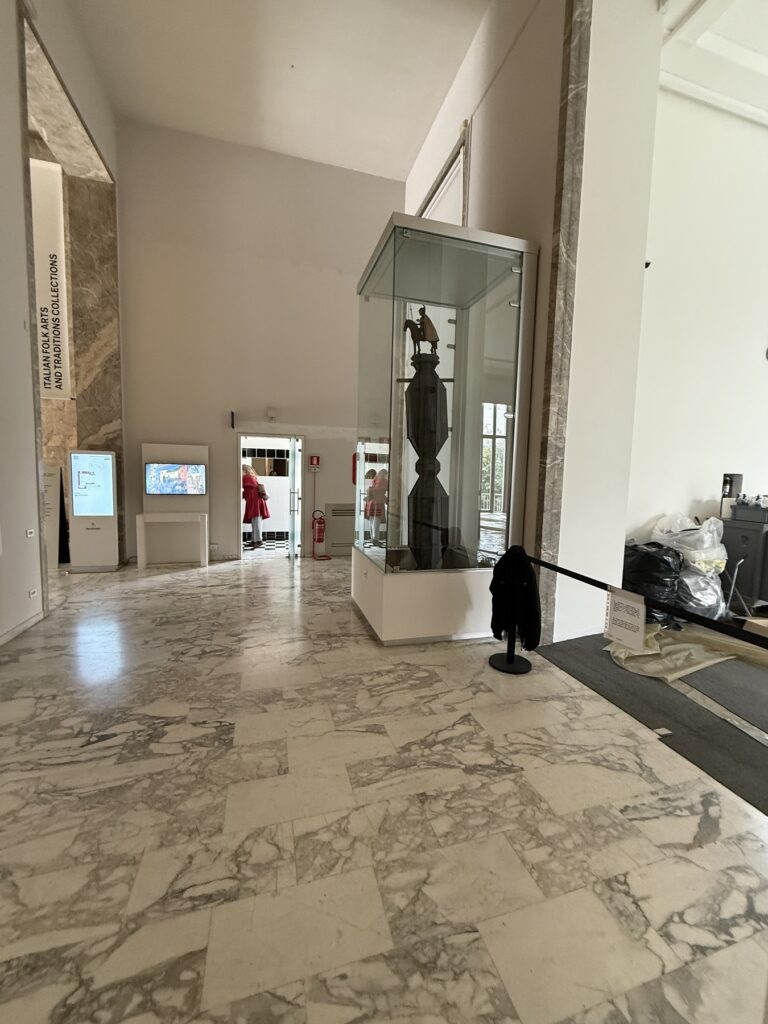
Visiting the museum for a temporary exhibition, I was unexpectedly drawn into one of the oldest yet least known museums in Rome, finding myself wonderfully surprised and fascinated!
Crossing the threshold of a large hall with a stark “rationalist” design, I was struck by a quote from Thomas Mann: “Past is, it always is, even if the people’s expression sounds: was. Thus speaks myth, which is only the solemn garment of mystery, but the solemn garment of mystery is the festival that returns at fixed dates, surpasses temporal distances, and to the people’s eyes makes past and future present.”

In these grand halls, within wall niches or along the staircase, we observe the large shoulder-borne processional structures of traditional popular festivals, a common element in the votive celebrations of many Italian cities.
Communities with different histories and territories still preserve a centuries-old ritual that retains its fascination intact. The monumental Gigli di Nola, Ceri di Gubbio, and Candelieri di Nulvi are displayed in their magnificent grandeur, handcrafted with exquisite detail. The physical effort required to move these structures, which can weigh dozens of quintals, highlights the collective determination involved—regardless of social class, culture, or age. The repetition of processional routes year after year continually renews the sense of belonging and confirms social identity despite the passage of time.

The scale models of the Macchina di Santa Rosa (Viterbo) and the Varia di Palmi are truly splendid. The festival has always existed, reflecting the need to connect with mystery and the meaning of life, as well as the methodologies for conceptualizing celebrations. Moreover, it still maintains a sacred connotation, where sacred refers to a feeling we do not fully understand but absolutely need—as Thomas Mann so eloquently wrote.
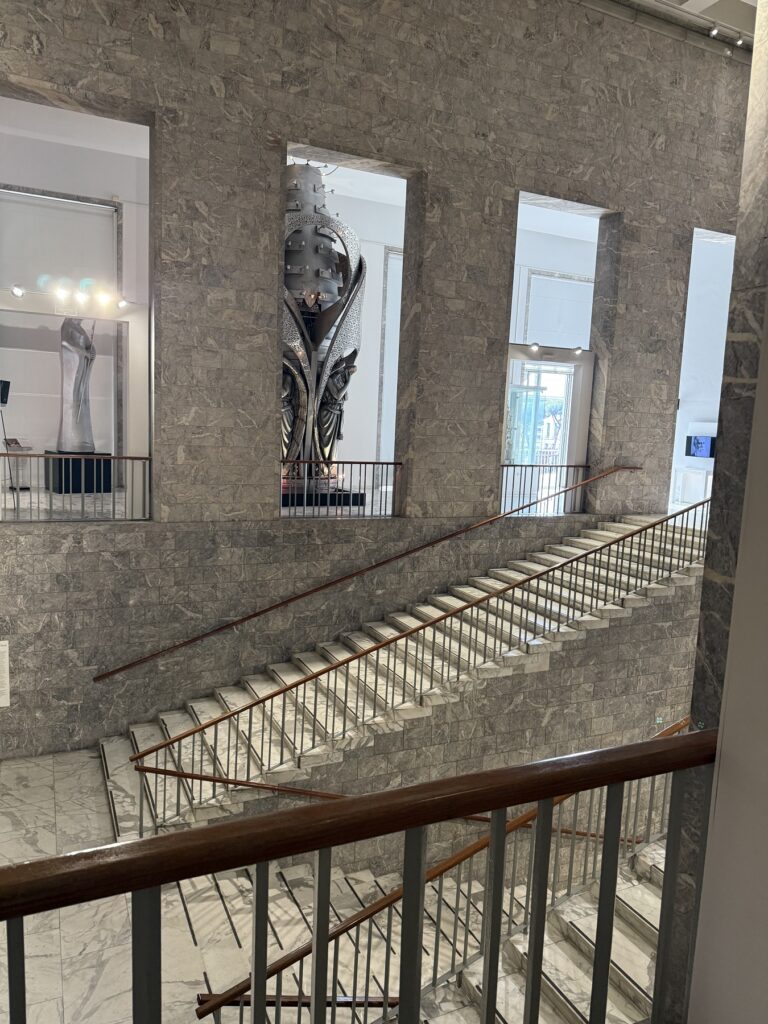
Thanks to the festival, our identity remains firmly anchored to traditions and the memory of our ancestors—a thread that unravels and reconnects, ensuring the continuity of tradition.

I am delighted to discover that the heritage of processional structures from traditional popular festivals has been inscribed by UNESCO as part of the Intangible Cultural Heritage of Humanity. I warmly invite everyone to embark on an emotional journey through this extraordinary museum.



